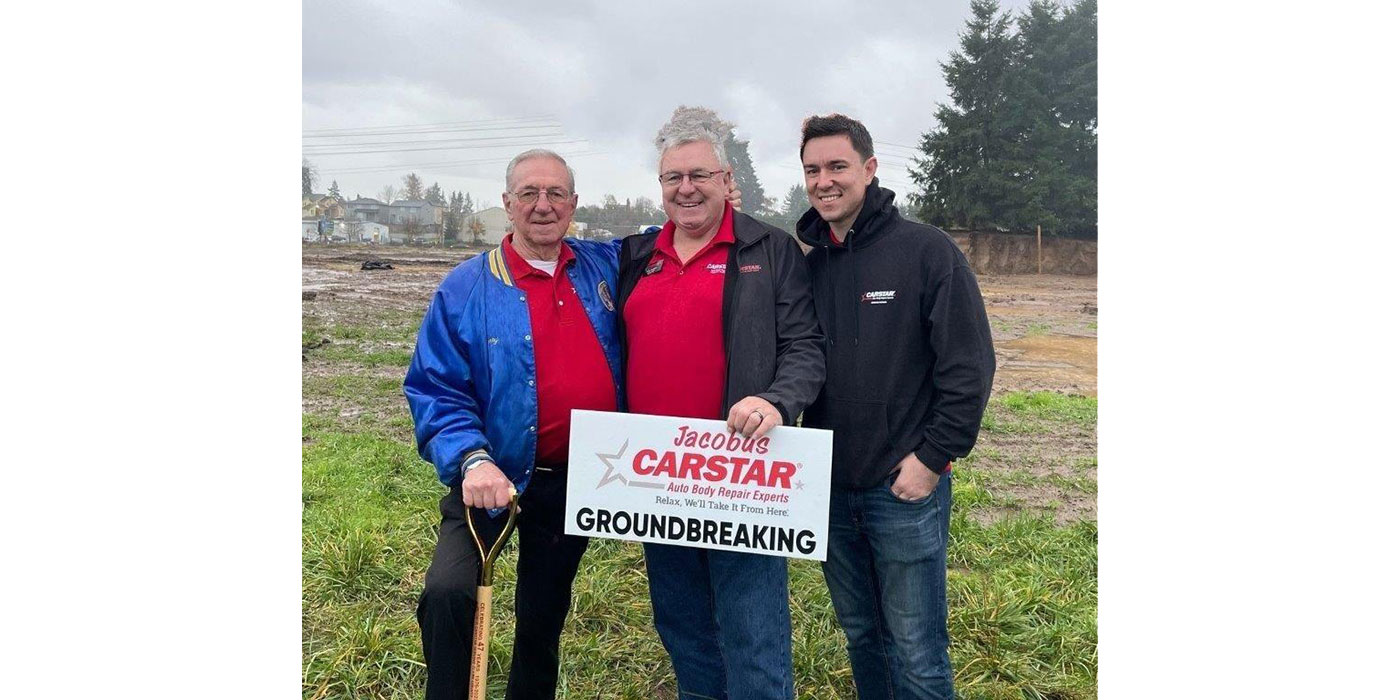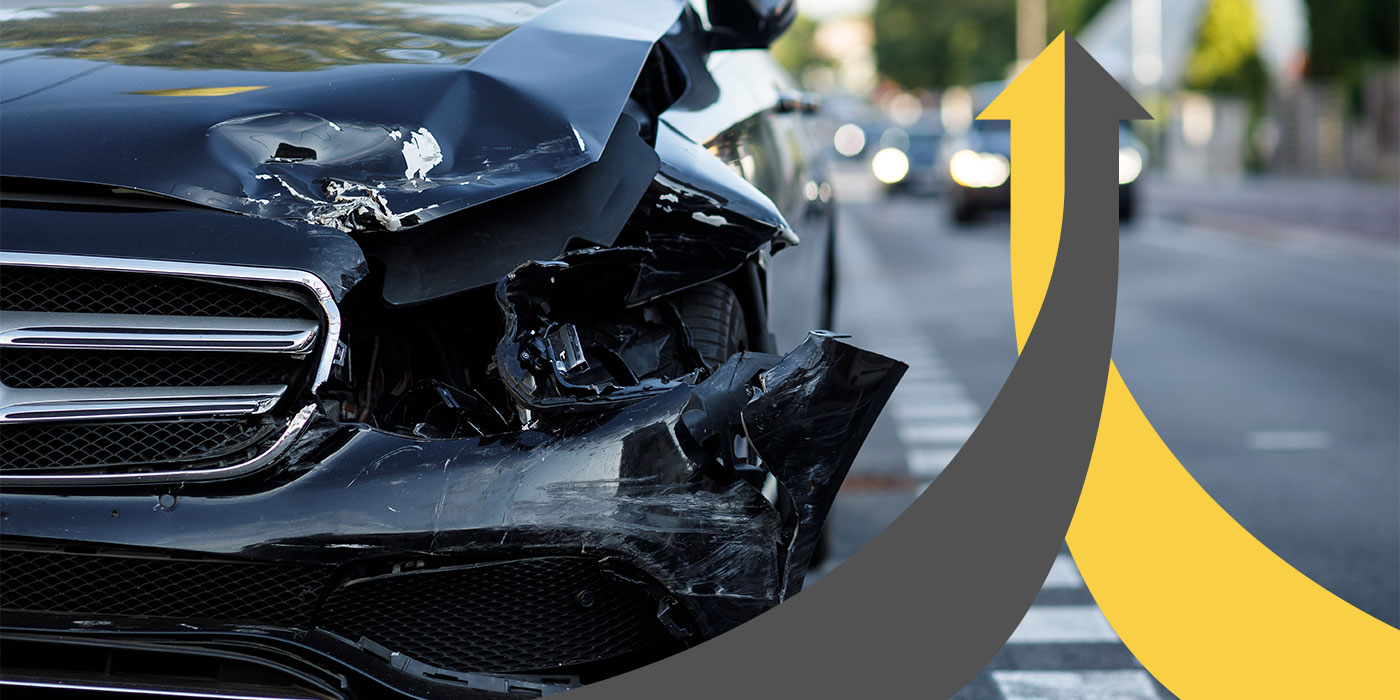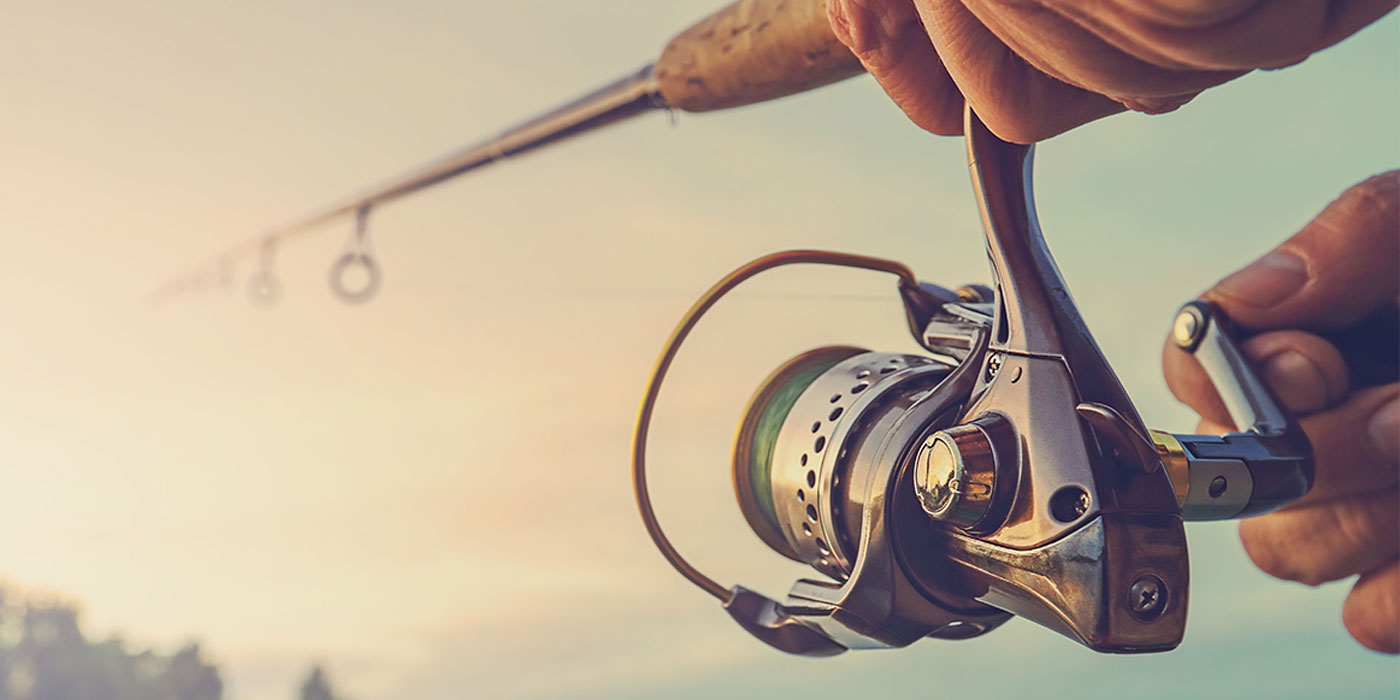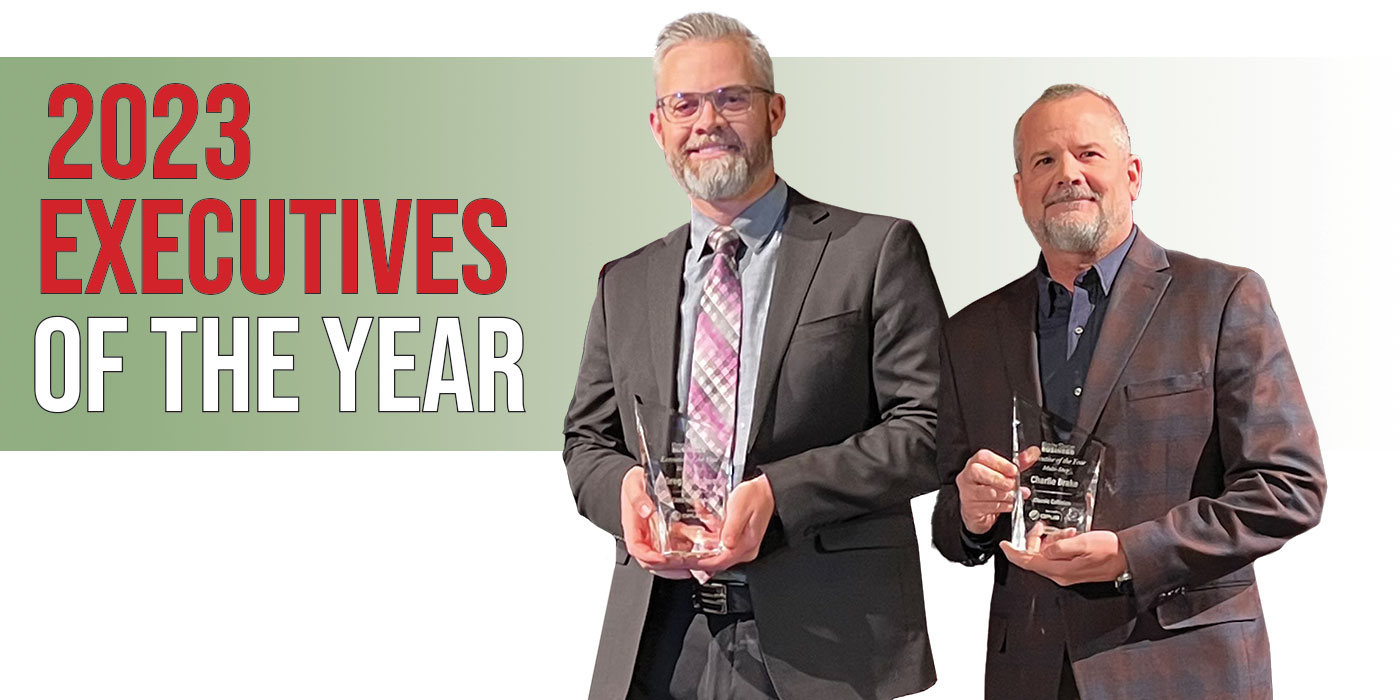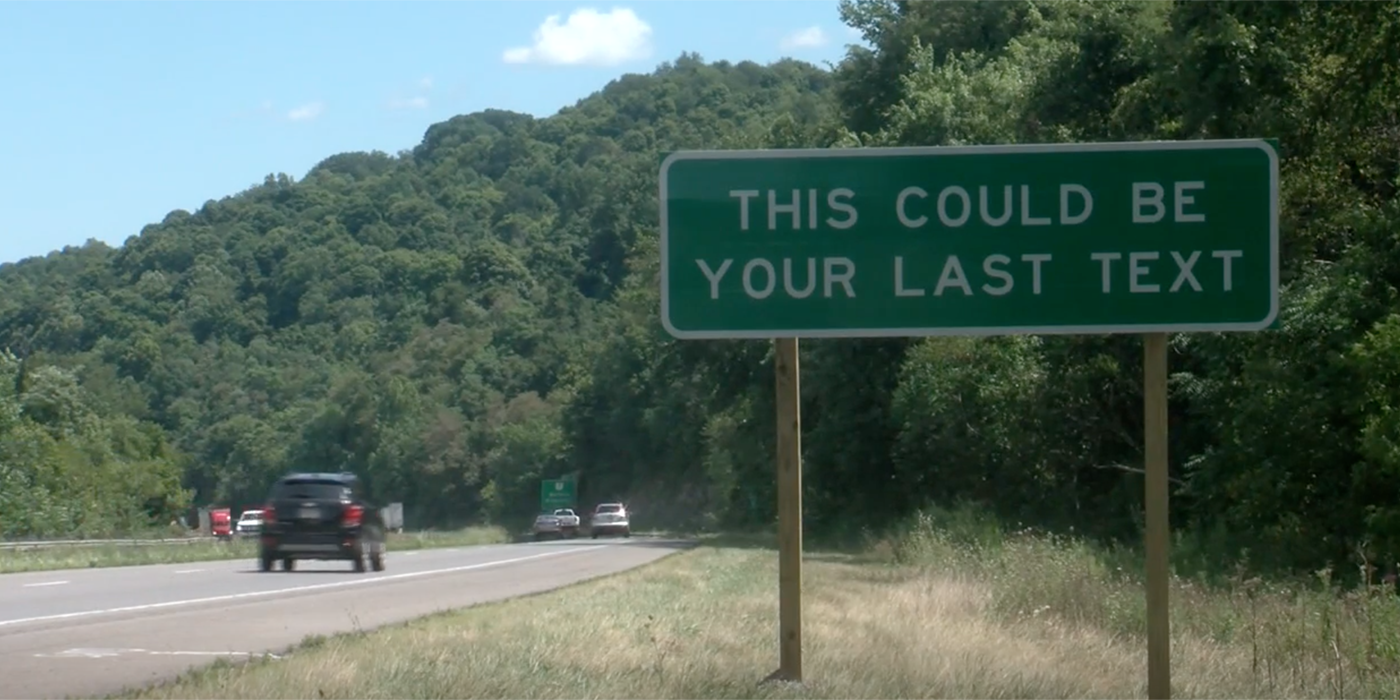 In the December issue of BodyShop Business, I offered a few universally good ideas I see implemented in the most successful body shops. They revolve around the three things a shop owner does each day: sales, production and finance. This month, I’ve got a few physical plant tips that I see repeated in those same successfully run shops. This time, my three buckets are: the main shop, spraybooth and waiting room.
In the December issue of BodyShop Business, I offered a few universally good ideas I see implemented in the most successful body shops. They revolve around the three things a shop owner does each day: sales, production and finance. This month, I’ve got a few physical plant tips that I see repeated in those same successfully run shops. This time, my three buckets are: the main shop, spraybooth and waiting room.
Lighting
After my presentations, a shop owner will sometimes ask where I think they should begin to change their facility. I go to where I see the best shops have gone: the lighting.
Replacing old-style fluorescent fixtures with new energy-efficient ones may even qualify for credit with the local utility or net you some tax savings, but the real advantage is in brightly lit work stalls. Not only will the entire shop look better, the techs will be able to clearly see what they’re working on.
Every big box home improvement store sells light fixtures. Which ones you buy, how expensive they are or their illumination capacity doesn’t matter to me as much as their quantity – because more light fixtures are the best solution I see employed.
New, more plentiful lighting is a great way to announce that your shop is changing and will be different going forward. Many shop owners have attended a presentation that prompted them to go back and try to improve their operations, but getting that message to all the employees is often the most difficult part of the process. Having a team talk on Friday after work about all the new plans is dramatically and visually reinforced when they come in Monday morning to a bright, cheery shop with double the light fixtures than when they left on Friday.
As with all shop changes, it’s a great idea to ask those who work there what they think. A technician who works every day in the two stalls at the far end knows exactly where another light fixture would do the most good.
Compressed Air
The heart of collision repair is the air compressor, and in many shops, the only time anyone pays any attention to it is when it breaks. Even the best shops – those who consistently change the oil and filters on a regular basis – seldom do preventive maintenance.
Blowing the accumulated dust off the flywheel and all the cooling fins will improve the airflow. The more metal exposed to the air, the faster friction heat from the pump is dissipated.
Once the unit is clean, stand still for a minute or two and listen for leaks; that hissing sound is money escaping. Your specific compressor manufacturer will have a suggested list of maintenance tasks that will ensure the pump produces the maximum amount of compressed air.
Clean, dry compressed air has always been important in collision repair, but with the widespread use of waterborne finishes (which may require a blast of compressed air through venturis or adjustable nozzles to dry them quickly), the quality of the shop’s air is even more critical these days.
As you may know, trapping the liquid water out of compressed air is pretty easy. Basic impact-type moisture traps (the incoming air is smashed onto a baffle to knock the liquid water out) will collect almost 100 percent of the moisture that has cooled off enough. Moisture in the compressed air that’s still hot will not condense readily and can cause all sorts of problems, from rusted air tools to poorly drying color.
The rule-of-thumb for compressed air is that for every 20 degrees Fahrenheit the air is lowered, half the moisture condenses and turns liquid. Refrigerated dryers take the hot air from the compressor pump and run it through a coil in a device very much like a window air conditioner. Once the air is cooled off, the dryer uses a simple impact trap to collect the liquid water. Desiccant dryers run the hot compressed air through a cylinder full of absorbent material (kitty litter and floor dry are desiccants) that will pull almost all the moisture – liquid or vapor – out of the compressed air. Remember, however, that the wet desiccant must be replaced or recycled frequently. Keep in mind also that tanks are where the cooling happens before the dryer. Make sure you have a good auto-matic drain on every tank.
So, which is the better choice to ensure dry shop air? I see the top shops spend their money on another dry air solution first. If the goal is to cool the hot compressed air down so that the moisture within it condenses, then the pipe it runs through makes a huge difference. High-pressure copper or aluminum pipes will dissipate the heat much faster than steel or iron pipes. Many shops investigated employing copper or aluminum pipe when they built their shop but found it too expensive and had the local plumber outfit their facility with cheaper water or gas pipes (or, worst of all, plastic pipe, which is a great insulator and holds all the heat inside). My experience in top shops drying their compressed air almost always includes re-plumbing the entire shop with expensive (but super effective) copper or aluminum pipes before buying any style of auxiliary dryer.
Spraybooths
The original impetus for an enclosed spray cabin was to prevent the spread of fire when the flammable paints and solvents inside ignited. As you know, most local rules and building codes address this issue first and foremost. What you may not know is that the type of intake filters makes an enormous difference in spraybooth performance.
Downdraft airflow within a spray cabin is more the result of the filter pad than the sheet metal design. With any filter media, the goal is to have a tight enough weave to trap incoming debris without being so tightly woven as to plug shut too soon. Top-quality downdraft filters go another step and “balance” the air flow across the face of the filter before allowing air to pass through – a heck of a good trick!
Crossdraft booth filters also are available at various prices and in many different filter medias. In every body shop, replacing the intake filters in your booth more frequently is a good plan. Many shops brag about how long they made a set of filters last before replacement. I contend that as the filter ages, fills with clutter and disintegrates, the time spent sanding and polishing the paint work every day would pay for new filters every few weeks. For example, at $50 per labor hour, every minute of technician time is worth $0.83. If the filters in your booth dump junk into the paint work and the painter or helper spends just 20 minutes scuffing and polishing it out, that costs the shop $17. New, high-quality air balancing filter pads for most downdrafts cost around $1,000. At $17 per RO, the shop could pay for a brand-new set of filters every 59 repairs and be money ahead.
Waiting Room
I feel like I’ve kicked the clean office horse to death and back in previous columns. Just remember, a clean facility is the first thing on Mr. or Mrs. Smith’s shopping list. But what I see in the top shops – in addition to being sparkling clean – are great signs. Your chamber of commerce membership certificate, your good-guy plaques from the local service clubs and pictures of the bowling team your shop sponsors all have a place in the office, but great shops use the opportunity to tell their story.
As the Smiths wait for their estimate to be completed, they’ll look around your office and waiting room. Use your wall space to hang professionally made signage that sells your shop’s advantages: lifetime warranty, certified technicians, the latest welding equip- ment, DRP relationships, things you’re proud of. Many shops include some of their fine qualities on advertising pamphlets. Will Mrs. Smith read it once she leaves your shop? I don’t know, but I do know that while she sits there with nothing to do, she’ll read every sign she can see. Make sure what she reads are the things you want her to know about your facility.
I also see lots of “hooray-for-me” walls in top shops that are full of evidence of technician training. Frame and hang every certificate, diploma and credential your techs have received in all training classes. It impresses Mrs. Smith every time to see how seriously you take your work.
If your shop is fortunate enough to have received some testimonials from satisfied customers, frame and post those, too. Make sure they’re recent, though; a nice letter from a happy customer in 1982 isn’t very reassuring.
I’m not a fan of loop tape or DVDs showing an actual repair on the TV screen. Without a timely narration, the Smiths are left on their own to interpret the crunching noises and what all those chains and mysterious equipment are doing to the vehicle.
Don’t forget a nice sign by the exit door thanking the Smiths for the opportunity. Maybe it’s hokey, but everyone wants to feel their business would be welcomed by this shop.
Summary
Buy and install more lights, re-pipe the shop with copper or aluminum air lines, buy the most expensive spraybooth filters and replace them frequently, and create attractive signs that tell the world why your shop is the best.







